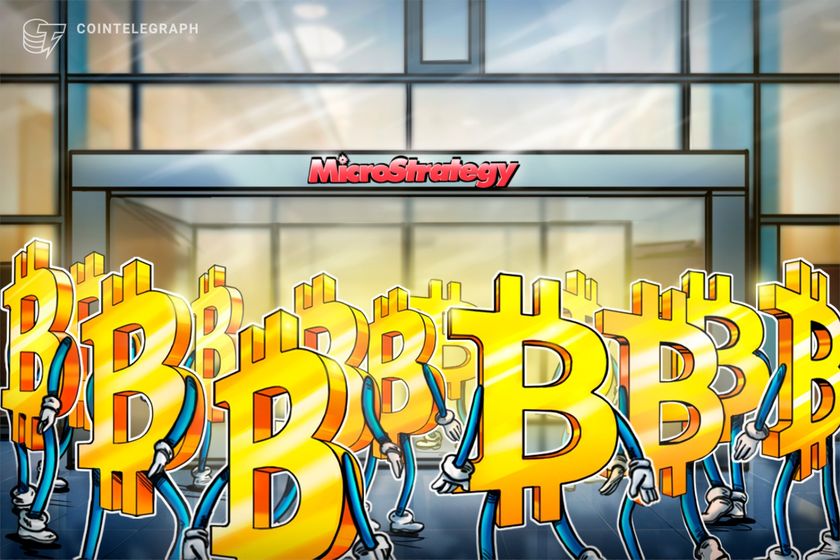Ethereum (ETH) leads the way as the top smart contract platform and powers DeFi, NFTs, and other blockchain breakthroughs.
Some Binance analysts think ETH could hit $20,000 by 2025, which is driven by growing adoption, upgrades like sharding, and rising interest from big investors.
But hurdles like tough competition and market swings could slow it down.
At the same time, PlutoChain ($PLUTO) could boost Bitcoin’s potential with better scalability and security, and all that without changing Bitcoin’s core design.
Its compatibility with Ethereum-based applications might create a seamless link between the two networks, and potentially open up new possibilities for developers.
Let’s take a closer look at Ethereum’s future below.
Ethereum’s potential to hit $20,000 by 2025 depends on a mix of technological breakthroughs, growing adoption, and favorable market conditions.
Let’s break it down.
One of the biggest drivers is Ethereum’s ability to scale. With upgrades like sharding on the horizon and widespread use of Layer-2 rollups like Arbitrum and Optimism, Ethereum is set to handle more transactions at lower costs.
These improvements aren’t just technical but they directly influence user and developer experience, which makes Ethereum the go-to blockchain for decentralized apps (dApps) and DeFi projects.
The ecosystem itself continues to grow at an impressive rate. Metrics like Total Value Locked (TVL) in DeFi show Ethereum’s dominance, with billions of dollars flowing through platforms like Uniswap and Aave.
Staking adoption has also surged since the Merge transitioned Ethereum to proof-of-stake.
Over 27 million ETH are now staked, which reflects strong confidence in the network’s future. Ethereum’s leading role in NFTs and blockchain gaming adds another layer to its versatility and market appeal.
Institutional interest in Ethereum has never been higher. The approval of Ether ETFs has opened the door for traditional investors to enter the space, which potentially drives demand further.
Big players, which include hedge funds and asset managers, are starting to see Ethereum not just as a technology but as an asset class with significant upside.
External trends could also play a crucial role. Market recovery during the next bull cycle, favorable regulatory developments, and Ethereum’s leadership amid competition from Solana and Cardano all shape its trajectory.
While other blockchains offer cheaper or faster alternatives, Ethereum’s first-mover advantage and developer community keep it ahead in innovation.
Binance analysts remain cautiously optimistic. Many see ETH crossing $10,000 as achievable in the medium term, while a $20,000 target requires perfect alignment of market conditions, adoption, and innovation.
Technical indicators like RSI and moving averages suggest steady upward momentum, though ETH will need to break past resistance levels at $2,500 and $5,000 first.
While $20,000 isn’t guaranteed, Ethereum has the tools, ecosystem, and momentum to make a strong case. Whether it reaches that milestone will depend on its ability to adapt and deliver on its promises.
PlutoChain ($PLUTO) may expand Bitcoin’s potential without compromising its core values of security and decentralization.
It operates as a Layer-2 blockchain, which could expand Bitcoin’s network with advanced features like DeFi, NFTs, and AI-driven applications.
This new blockchain also has an impressive 2-second block time, which enables fast and cost-efficient transactions. A massive improvement compared to Bitcoin’s 10-minute block intervals.
PlutoChain’s testnet has already processed over 43,000 daily transactions, which could show how scalable and ready it is for real-world use.
This project could bridge the gap between two of the blockchain industry’s most powerful networks by allowing applications that traditionally rely on Ethereum to function within Bitcoin’s ecosystem.
Security also remains a top priority for PlutoChain though.
It has undergone rigorous audits by industry-leading firms like SolidProof, AssureDeFi, and QuillAudits.
These assessments ensure that the platform meets high standards of reliability, which could minimize the risks for developers and users alike.
This dedication to trust and safety might solidify PlutoChain’s position as a dependable Layer-2 solution.
Community governance has been active since the project began and it’s giving adopters a voice in protocol updates and decisions about the network’s direction.
PlutoChain also takes a balanced approach by combining scalability with security. Its decentralized governance model may empower holders to participate in decision-making, which ensures that the network evolves in a transparent and community-driven manner.
Ethereum could hit $20,000 by 2025, thanks to its tech upgrades, strong ecosystem, and growing interest from institutions.
Its role in DeFi, NFTs, and staking growth keeps it ahead of competitors. However, challenges like market volatility and competition from other blockchains remain.
On the other hand, PlutoChain could make Bitcoin smarter with a secure, scalable Layer-2 solution that supports modern apps like DeFi and NFTs.
It may blend scalability with Bitcoin’s unmatched security, which could offer developers exciting new tools.
Follow PlutoChain on Twitter, Discord, and Telegram to see how it might change the current circumstances in the blockchain world.
———————
The information in this article does not represent financial or investment advice. Always research carefully before participating in the crypto market. Risks are inherent in forward-looking statements, which may not be revised.
Crypto News Flash – Read More










